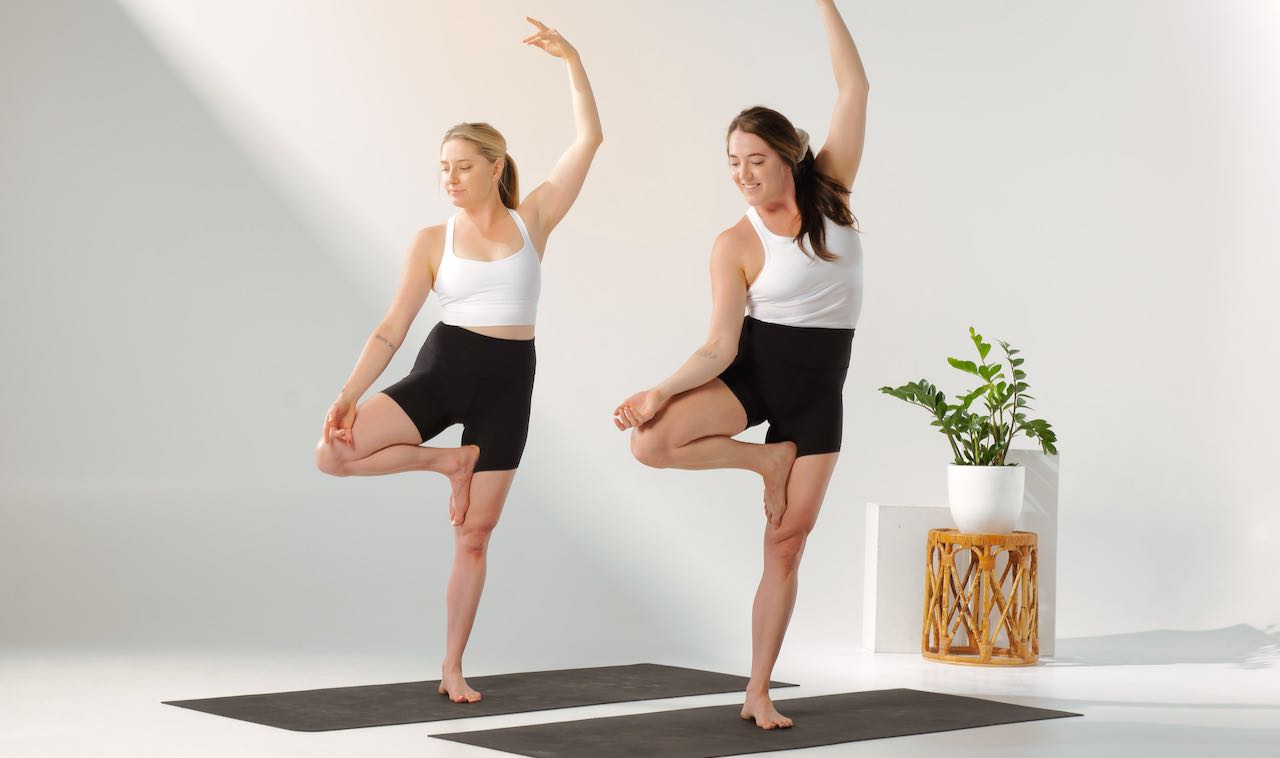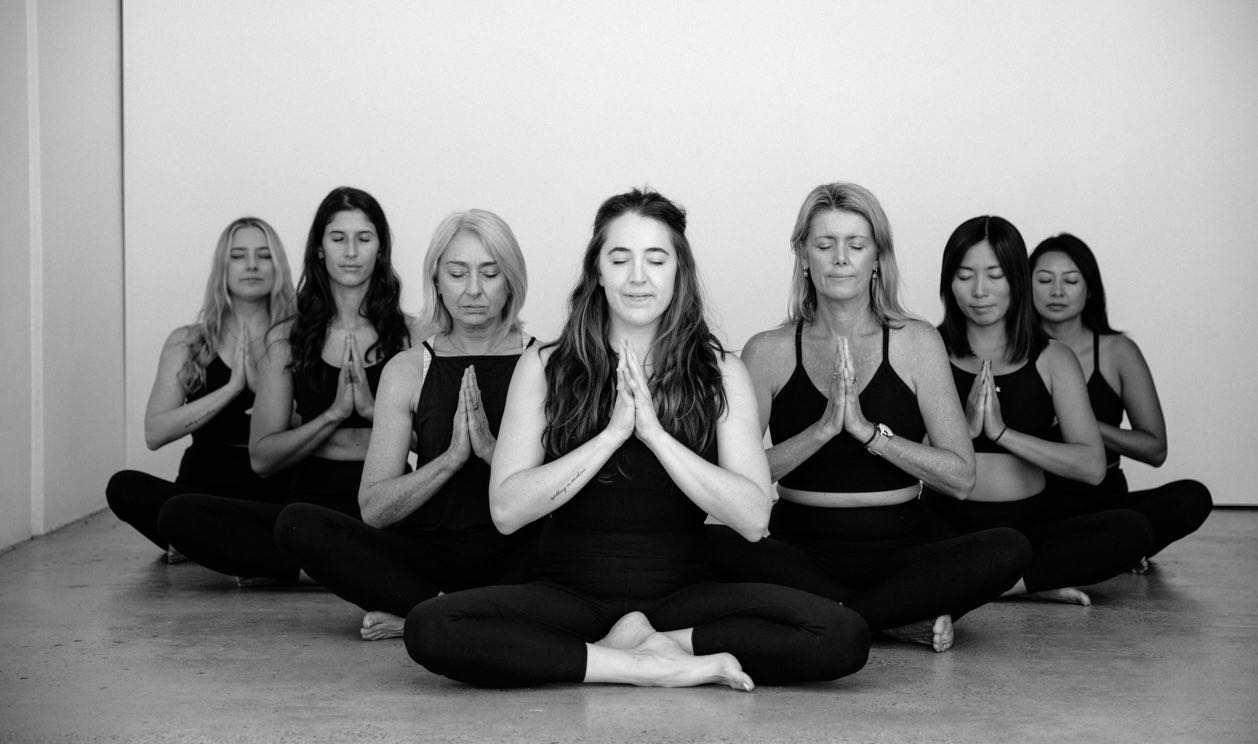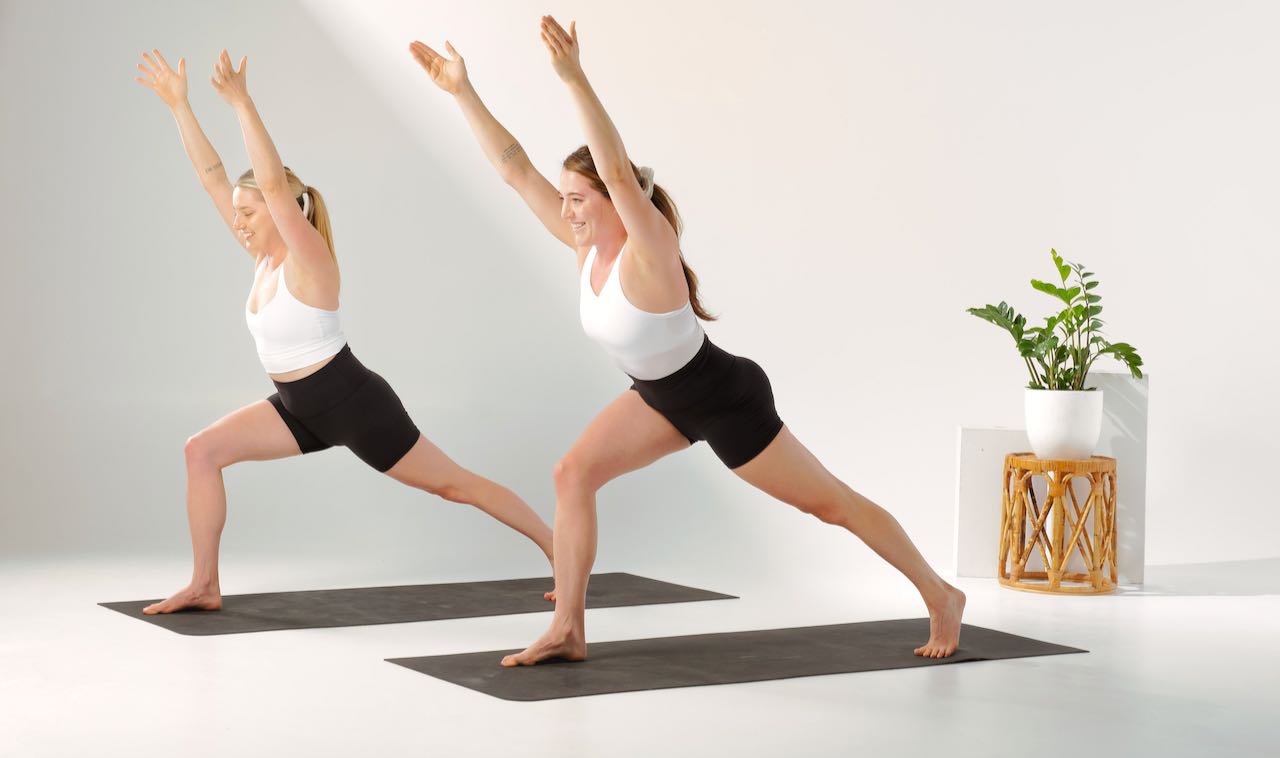Yoga is an ancient practice and philosophy that involves physical, mental and spiritual disciplines to help you create peace within. If you’re searching for the answer to the question: how to do Yoga? You may have thought the answer was only going to involve downward facing dogs, headstands and silent meditation… sure Yoga includes all this, but really the practice of Yoga is so much more.
A perfect place to begin when starting Yoga and understanding the principles of Yoga is to use Patanjali’s 8 Limbs of Yoga. In a nutshell, it’s a pathway to ‘enlightenment’ but really that word is such a buzz these days… we like to say it’s a guide toward inner peace and union.
Speaking of the word union, the word Yoga itself translates to union or to unite. This is both collectively speaking as a population, as well as to unite with oneself. Yoga helps us all to realise we are one. Yoga also can help with the dissolution of the ego.
Before we go any further let’s remember that to have a human experience we actually need the ego, so don’t go thinking the ego just disappears forever (well it might if you’re a monk meditating non-stop on top of a mountain) but it’s more that you can become aware of the ego. There will be moments when you’re living in your ego and moments when you are not.
It’s also important to remember that, just like all philosophies, the below is a guide. Question everything and tune into you, your heart and your mind.
How do you do Yoga?

As already mentioned, we’re going to walk you through an overview of the 8 Limbs of Yoga.
In the Yoga Sutras of Patanjali, the name ashtanga is used for an eightfold path that outlines an almost map, or shall we say guidelines toward enlightenment and inner peace. Perhaps we could also say that these guidelines have the potential to move you into a purposeful and meaningful life.
Ashtanga, when translated, means ‘eight limbs’ (ashta=eight, anga=limb).
These eight steps are commonly referred to as the eight limbs of Yoga philosophy. That’s right, Ashtanga Yoga is not just about those 75 or so poses.
It’s common that when you do start to create a physical practice of Yoga that you want to dig deeper. Traditionally, the Yogi would follow the 8 Limb Path in sequence, you’ll find it interesting that the actual physical practice doesn’t show up until Limb 3!
The eight limbs of Yoga go deeper than just Yoga and meditation and breathing exercises; they serve as a pathway or a map for ethical and moral conduct and self-discipline. They can help you to understand and acknowledge yourself (your true self).
If you’ve already created a consistent practice with Yoga videos and classes, maybe you’ve just started your home Yoga practice, or attending yoga classes with your Yoga teacher or Yoga instructor, or maybe you’ve never done Yoga before… Well, now is the time to get familiar with the eight limbs of Yoga.
What Are the Eight Limbs of Yoga?
Let’s take a look and better understand each of the eight limbs of Yoga. Traditionally the Yogi would not move onto the next limb until they have mastered the prior. These days, the modern Yogi flits and floats between all of them.
Yama
The 5 Yamas, the first of the eight limbs of Yoga represents your sense of integrity and ethical standards. There is a focus on one’s behaviour and how you conduct yourself in life. Some translations focus on what not to do and we like to also ensure we add in the translation of what to do.
The five Yamas are:
Ahimsa: nonviolence or loving kindness
Simply this is about not hurting others or yourself. Or it’s about showing up with loving kindness for yourself, others and the world around you. For example, an act of Ahimsa would be smiling at the angry checkout person at the supermarket.
Satya: truth and honesty
Satya represents honesty. That is with yourself and others around you. Sometimes Satya might look like sharing your truth externally with others, sometimes your truth might be to stay quiet. Only you know your truth.
Asteya: non stealing
Non stealing is about physical items as well as intellectual stealing. An example would be, if you got an idea or lesson from someone else, that you would mention them when you share that idea or lesson as originating from them (yes, like all those high school and university references you did!).
Brahmacharya: celibacy and loyalty
Traditionally, Brahmacharya was celibacy, no sex for Yogis! However, now in modern times this can be practised as loyalty.
Aparigraha: detachment
Perhaps one of our favourite Yamas, the practice of detachment. This is detachment from goals, ideals and even people. It is said that all suffering comes from attachment.
It’s important to note that these Yamas are in order of importance. That is, if your truth is going to cause unkindness to someone, choose not to share it. OR if your truth does not align with Brahmacharya, perhaps you don’t believe in monogamy, then that’s ok. These are not hard rules, simply guidelines.
Niyama
The 5 Niyamas, the second of the eight limbs of Yoga are internal observations and practices to help you understand the way you think and feel about yourself, the world around you and the life you are living.
The five Niyamas are:
Saucha: cleanliness or detoxification
Saucha is a detoxification of the mind, or finding a clear focus. It is about becoming aware of the thoughts that may be clouding your or the truth.
Santosha: contentment and acceptance
Perhaps one of our favourites as this is the basis of MerryBody. It is about self acceptance of oneself. Santosha is the practice of acceptance and contentment of who you are, what you have and what has been.
Tapas: devoted discipline
Tapas is about transformation and realising that any change requires a level of commitment, devotion and discipline. We think it’s important to add devotion to this translation so as to avoid any obsessiveness moving into the practice.
Svadhyaya: self study and awareness
Svadhyaya is another very important practice and if you’ve listened to our Get Merry Podcast you would have heard us say this many times: it all starts with self awareness. You need to know and understand yourself to go deeper into life itself.
Ishvarapranidhana: surrender
It is said that if you only practise one Niyama, this one: Ishvarapranidhana, you will reach enlightenment. The art of surrender is realising that there is only so much you can control. You can follow all the steps, all the maps, all the guides… yet there will ultimately always be an element of surrender. Surrender to the outcome, surrender to life itself.
Asana
Asana! This is the third of the eight limbs of Yoga. Traditionally the Yogi would have learnt and practised the Yamas and Niyamas prior to learning any Asana. Asana, this is what you do in the Yoga studios during Yoga classes (or it’s what you do when you press play on your MerryBody Yoga at home!).
It’s your Yoga poses such as downward facing dog, lotus pose, Balasana, Vrikshasana, Chaturanga Dandasana, sun salutations and every other posture. And yes these can include Yoga props like a bolster, Yoga blocks and straps (you do not require these to practise though).
Through regular practice of Asana, the yogi builds strength and creates flexibility. This physical practice can soothe the nervous system and helps the practitioner develop the habit of discipline and the ability to concentrate.
We think it’s important to note that the first Asana to practise is Sukhasana, that is, easy cross legged pose. From this pose it is said that all other poses were created to simply help the Yogi sit for longer in Sukhasana, with less discomfort. It’s not about the fancy headstands and pretzel shapes… it’s about sitting in stillness with steady and ease.
Pranayama
Pranayama is the fourth limb and can be translated as ‘life force control’. It’s important to note that your prana is not actually your breath, however the control of breath that can affect your prana. Prana itself is the energy field that lies just below your skin. It dances through and around your body via the Nadi lines (we will get into this another day!).
Pranayama consists of techniques that control respiratory processes while appreciating and understanding the connection between the breath, the emotions, and the mind. Common breath control techniques include Nadi Shodhana – the alternate nostril breathing technique and Ujjayi Breath – translated to oceanic or victorious breath.
Pranayama can be practised as an isolated technique during your day when you are not doing Yoga, but you can also integrate it into your daily Yoga routine. It’s a good idea to write down how you feel after your practice in a Yoga journal, this way you can reflect and notice any changes.

Pratyahara
Pratyahara means withdrawal of the senses. During Pratyahara, the yogi makes a conscious effort to draw their awareness away from the external world, cultivate a detachment from their senses, and direct their attention internally.
If you think about this for a moment, our senses are the cause for much of our distraction and can cause lots of chatter in the mind. The practices within Pratyahara provide the opportunity to step back and take a deep and undisrupted look at ourselves.
A simple example of this is closing the eyes during Yoga practice or meditation practice, or blocking the ears.
Dharana
At the Dharana stage, you learn how to slow down the thinking process by concentrating on a single mental object. Simply put, Dharana is concentration.
You can practise this by focusing on a specific energetic centre in the body, like your heart space, the repetition of a sound or mantra, an image of a deity or goddess, or the focus on the flame of a candle (this is our personal favourite).
It really depends on your personal preferences.
In Dharana, the point of the practice is to focus your attention on a single point, which then naturally leads to meditation (the next limb).
Dhyana
Meditation is the uninterrupted flow of concentration practised during Dhyana.
Although for some, concentration (Dharana) and meditation (Dhyana) might seem similar, they are pretty different, and both are equally important.
How? Well, Dharana is all about one-pointed attention, while Dhyana is ultimately a state of being keenly aware without focus.
During Dharana, the mind is completely quiet, with no thoughts.
While this may seem like a complex, almost impossible task, remember that Yoga is a process and that you are succeeding if you are practising.
It’s also important to note that Dhyana can go as quickly as it comes. It may be that you have a moment of Dhyana and then you flow back to Dharana. It really is an ebb and flow.
Samadhi
Samadhi is the eighth and final stage of the 8 Limbs of Yoga and it is described as a stage of ecstasy or bliss.
At this stage, the Yogi merges with the focus point and transcends the self altogether.
The Yogi understands a profound connection to the Divine, an interconnectedness with all living things.
It’s important to note that not everyone will reach this stage… and it’s also important to note that the moment you think you’re in Samadhi, you’re already out of Samadhi.
It’s also important to note that although the 8th limb, it’s not the most important… it’s simply part of the path. If you get there, you get there, if you don’t, you don’t.

The journey is the goal
The process and the practising of the 8 Limbs is more important than reaching your final destination. There really are so many benefits of Yoga that come from these 8 limbs, for body and mind.
As we always say it’s the line between A-B that is the most important. How you feel in this very present moment, the moment where you experience life itself.
If you’d like to learn more, then head here to sign up to our Yoga Teacher Training waitlist, this is the kind of lessons you will learn and in turn be able to teach yourself.
Always merrymaking,
Emma + Carla
Ps. are you in the mood to roll out your Yoga Mat right now?

